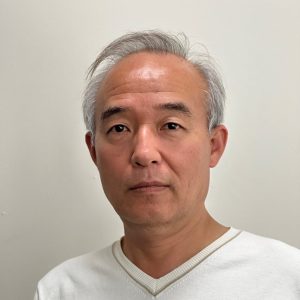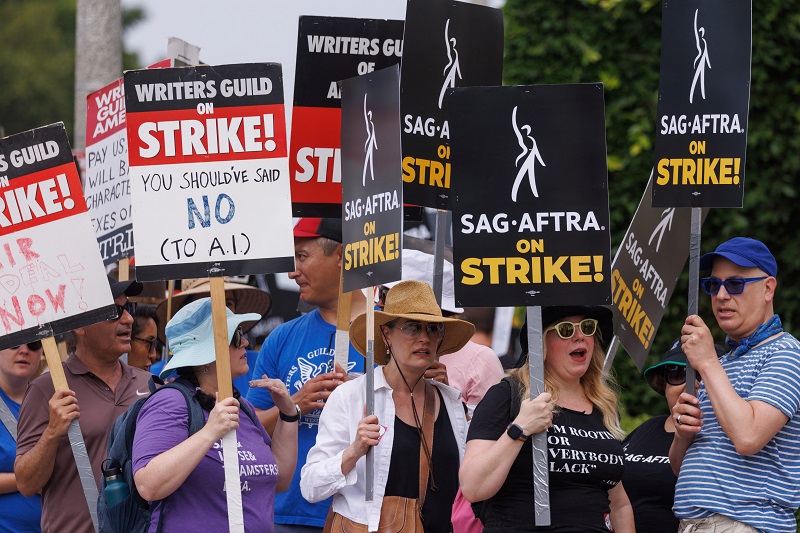
By Yoohoi Ahn
The author is an editor in the newsroom of the Korea Daily.
In 2001, Columbia Pictures released a film titled “Final Fantasy: The Spirits Within.” The movie wasn’t a masterpiece, but there was something unique about it. All the characters were computer-generated, setting it apart from traditional animation. It was a live-action movie featuring computer-generated actors. At the time, their expressions and movements appeared awkward and unrealistic, but the determination to create a live-action film without human actors was evident. During its premiere two decades ago, “Final Fantasy” posed a persistent question: Could a narrative devoid of actual people be the future of cinema?
Since then, there hasn’t been an attempt akin to “Final Fantasy.” The technology wasn’t ready, and the movie performed poorly at the box office. However, two decades later, in the age of artificial intelligence (AI), Final Fantasy’s dream of an actorless live-action movie has materialized. Hollywood is currently grappling with its most protracted strike since the 1960s, mirroring the era when Final Fantasy’s aspiration became a reality.
The Writers Guild of America (WGA) has been on strike since May, and the Screen Actors Guild-American Federation of Television Artists (SAG-AFTRA) has been on strike since July 14, demanding contract terms aligned with the AI and streaming era. Their adversaries include major studios, which are part of the Alliance of Motion Picture and Television Producers (AMPTP), as well as streaming services like Netflix.
These demands underscore a concerning reality for actors and writers today. In recent years, Hollywood has begun requiring actors to do more than just act out their roles. AI can capture an actor’s footage and use the data to generate a performance that the actor never actually performed, incorporating it into a movie. This phenomenon is already unfolding. On TikTok, a video featuring a deep fake of Tom Cruise dancing and playing golf went viral. It’s often difficult to distinguish from the real Tom Cruise.

As technology advances, we’ll soon be able to digitally craft new actors without ever filming them. This marks the era of live-action movies without human actors, a concept that Final Fantasy had envisioned. Production companies will no longer be constrained by the economic and legal challenges of casting human actors, but actors will face job insecurity. The same holds true for writers, as we witness AI-generated script drafts fine-tuned by human writers.
The digital realm is profoundly reshaping the foundation of the film industry. In 1949, the Supreme Court banned vertical integration, in which movie companies controlled production, distribution, and theaters, citing antitrust violations.
Netflix, which upended the video rental industry by mailing DVDs, has vertically integrated production, distribution, and theaters, yet antitrust discussions are conspicuously absent. Streaming has eliminated the costs associated with producing physical copies of films, worldwide distribution, and sharing revenue with theaters.
Streaming has also disrupted traditional profit-sharing models. In the pre-digital age, films were divided into six markets: North American theatrical, international theatrical, North American video, international video, North American broadcast, and international broadcast. Each time these films were rerun, directors, actors, writers, and others received residuals.
In the streaming era, the conventional concept of sequential releases has become perfunctory. For reruns of Netflix’s early hit “Orange Is the New Black,” Emma Myles received $20, and Kimiko Glenn received $27.30. Notably, the crew of “The Squid Game,” another Netflix success, did not receive rerun payments, leading to allegations of exploitation.
Surprisingly, creative fields such as photography, painting, literature, and film have been at the forefront of embracing AI and simultaneously challenging its impact. Hollywood is now mounting a counteroffensive, and the repercussions will reverberate across creative and other domains.




